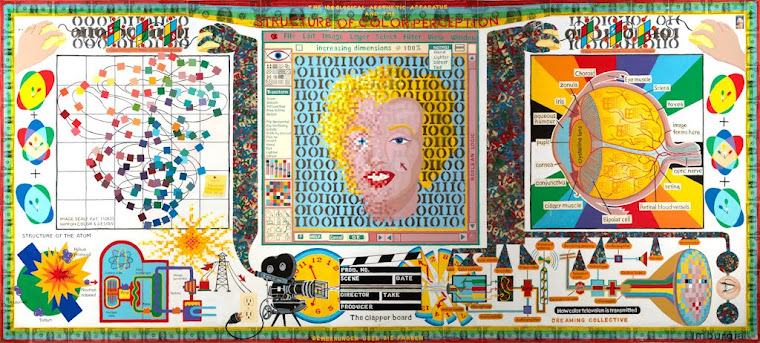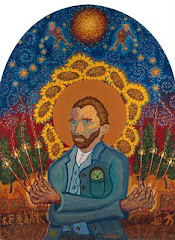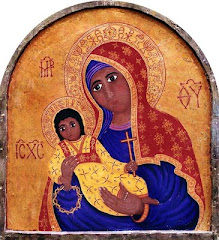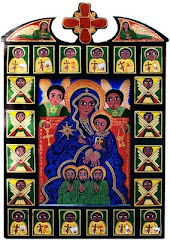“If the butterflies in your stomach die, send yellow death announcements to your friends.” Yoko Ono.
Most artists (painters, poets, writers, musicians, singers, actors, pastry chefs, quilters, pretty much all children, and the guy at the recycling center that sorts plastic) crave attention and recognition. One way artists often try to get this fix of attention is by “shocking the public.” Usually that means making use of nudity, blood, piss or nailing something to a crucifix (or a combination of all of these) which like Pavlov’s bell gets conservative christians riled up and marching off to another mutually profitable “culture war.” But, ‘Is it even possible anymore for art to shock the public?’ This was a question asked in an article in the Guardian “culture” section. What got them asking this was the performance piece of artist, Elani Sininger, a student at Northern Kentucky University, who decided to “create art in collaboration with people on the street.” She stripped half-naked in Cincinnati and lay on the floor with a sign that asked people to “write their secrets, confessions and general thoughts on her body” (no blood or crucifix thankfully).
Sininger’s stunt got me to thinking about Yoko Ono’s 1964 performance called “Cut Piece” (and no, I don’t blame Yoko for the Beatles breakup, Yoko was a serious experimental artist and cultural critic of some stature before the Beatles became superstars). In this performance Yoko sat on stage and allowed members of the audience to cut away pieces of her clothing until she was made naked. Of course there are a variety of ways to interpret her performance and it is reasonable to ask wether it challenged the cultural discourses around women’s bodies as objects of desire or merely reinforced the worst of them. I reckon that today this kind of performance would mostly be understood as just a hollow stunt/marketing gimmick to increase ones market-share of visual cultural/capital (Miley Cyrus etc.). But in 1965 I think that it took great courage to perform this act of self-disclosure, vulnerability, and confrontation with the machinery of phallic driven spectacle. Afterwards Yoko said: “People went on cutting the parts they do not like of me until finally there was only the stone remained of me that was in me but they were still not satisfied and wanted to know what it’s like in the stone.” By that I think she might have meant that after she was stripped bare, many put down their scissors and started furiously smashing at the stone for challenging the scripts of their false selves and the patriarchic foundations of this pathological culture. Of course, doing that sort of thing can sometimes get one nailed to an actual cross. Then again, I have painted dozens of icons of crucifixes and there is nothing the least bit shocking about them anymore, especially to christians.
Much obliged.
Btw, Yoko’s last performance of “cut piece” was in 2003 when Yoko was 70 years old.
p.s. if the video is blocked here is the youtube link: https://www.youtube.com/watch?v=Zfe2qhI5Ix4&feature=player_embedded
p.s. if the video is blocked here is the youtube link: https://www.youtube.com/watch?v=Zfe2qhI5Ix4&feature=player_embedded














